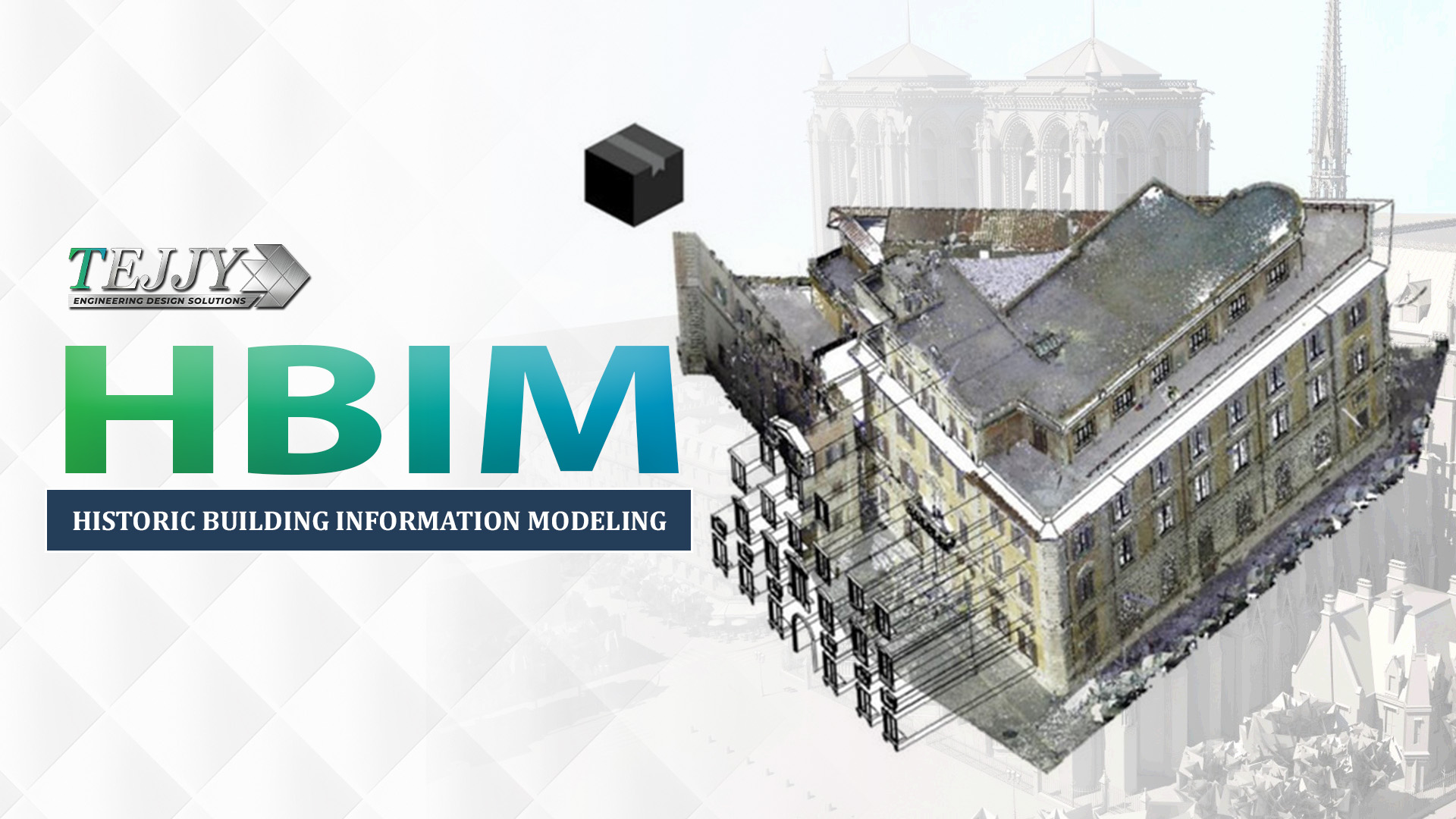
BIM (Building Information Modeling) has surely done a lot for “How we design the built environment around us?” Earlier it was just the non-thoughtful expression of geometries expressed artistically. With BIM, the process is more data-driven and automated to generate design outputs that are more responsive to stakeholders and the surroundings. BIM already has revolutionized multiple sectors such as construction, real estate, and even gaming is on the card.
However, there is this one industry that is still missing a lot in this BIM VDC trend going on and it is Heritage. Heritage is equated to the maintenance of historical structures and sites for keeping the micro-economy around them intact.
The recent trends of strict government regulations on land usage and globalization sentiments around tours and travels are pushing the inevitability of the country’s heritage preservation.
However, the industry still applies outdated methodologies to address the issues. What if the solutions to the preservation of our cultural heritage lie in the future of building design? Yes, surely BIM has the potential to revolutionize the sector around historical preservation. Let us know how?
Despite the overall effectiveness of heritage building preservation, there have been instances where the success of adaptive reuse projects has been compromised. This can be attributed to a range of factors, including inefficiencies in the preservation process, neglect of user needs, lack of community involvement, and inadequate maintenance and management plans.
There is undoubtedly a need for a design methodology that signifies Enhancing the participation of individuals in the decision-making process by utilizing visualization techniques.
Promoting system thinking by providing the ability to compare different design options.
Updating regulations to incorporate scientific methodologies and involving technical experts for the socio-economic benefits of preservation.
Promote the transformability of a building on the basis of clashes from multiple data models beyond one simplified construction consideration.
Facilitating the adaptability of the building by allowing a comprehensive survey of the changes that have occurred over time.
Developing sustainable models through the incorporation of energy simulation features and demand prediction. Top of Form all these can be achieved through BIM integrated historical preservation process i.e.,
Historic Building Information Modelling (HBIM)
Historic Building Information Modelling (HBIM) is approach companies opt to take for optimizing their historical restoration efforts. It can provide leverage in the operations by
As-Built Digital Twinning of Historical Structures
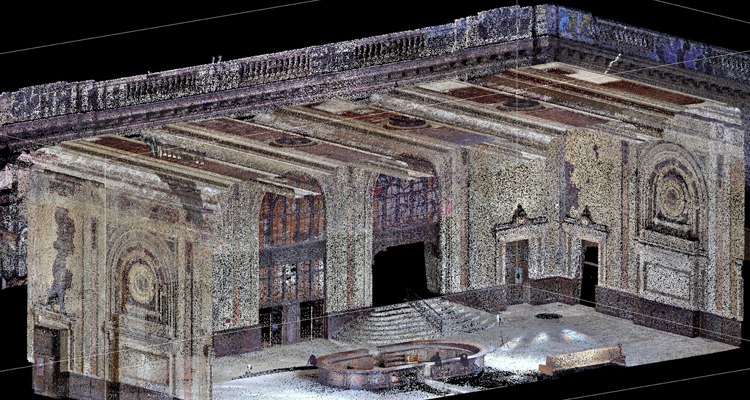
Reality capture can be the biggest initiator in the change in the heritage conservation industry. Capturing remote data using laser scanning for historic structures sets the template for developing engineering drawings and 3D models for these complex historical structures. This approach, called Historic Building Information Modeling (HBIM), is all about collecting survey data using a terrestrial laser scanner and digital cameras and then using various software programs to combine the image and scan data.
Read More:- How has 3D Laser Scanning helped the surveying industry
The findings highlight the steps involved in creating a 3D model from the point cloud data and texturing it with image data. As-built visualization of these historical buildings results in accurate identification, analysis, and documentation of the repair work.
Centralized Real-Time Database for Upgradation
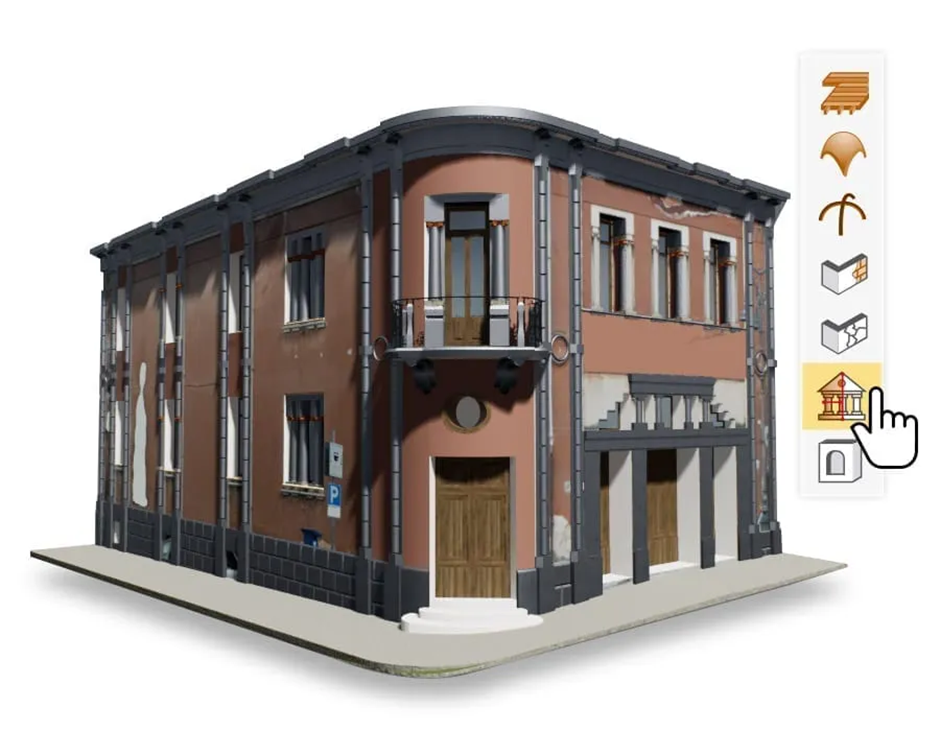
One of the key advantages of BIM is its ability to capture and store building data and information in a centralized database for precise documentation mapping. This addresses the issue of lost or undocumented building data, providing a comprehensive record for refurbishment and preservation efforts. Also, the non-coordinated efforts among the bodies always result in lousy outputs that are neither resilient nor sustainable. The use of BIM allows for the creation of a digital archive to track and integrate historical information into the project.
Also Read:- What is BIM? Guide to Building Information Modeling
This ensures that the findings are evaluated and preserved while leaving a legacy for future reference. Historical or listed buildings often exhibit structural changes that have taken place over time. Without a data-driven BIM process, you don’t have a well-defined mapping of the site, and ruin the artistic heritage with subsequent maintenance work.
Virtual Restoration and Structural Analysis
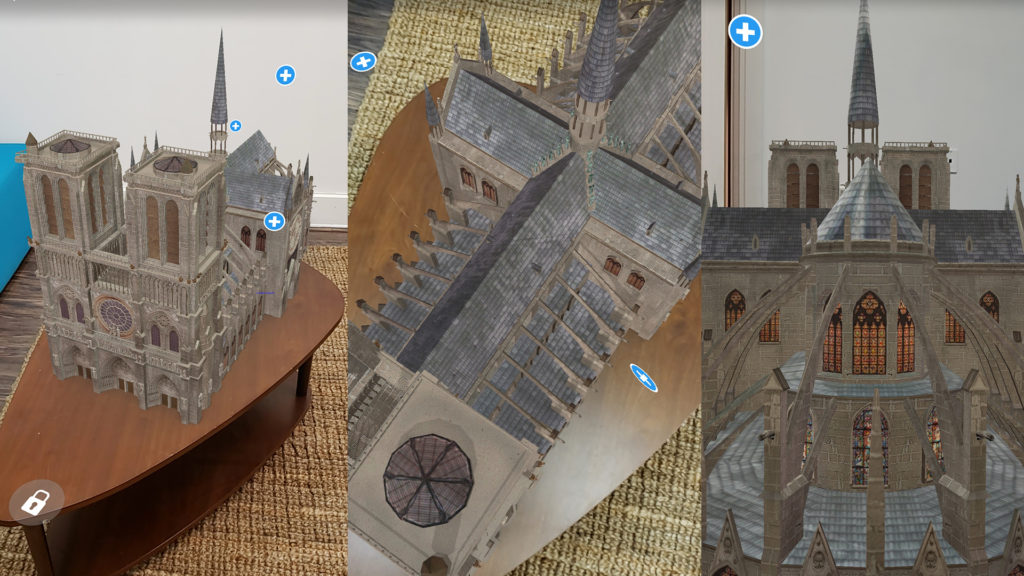
With BIM, experts can digitally recreate and visualize heritage sites in their original state, enabling virtual restoration. This provides an opportunity to explore different restoration approaches and empowers decision-makers to make well-informed choices. BIM’s robust analytical capabilities enable experts to conduct structural analysis, load testing, and simulate environmental conditions.
By assessing how the site responds to various factors, professionals can develop strategies to mitigate risks, preserve structural integrity, and ensure the safety of visitors. The central objective of historical restoration is revamping the frailing structure of these heritage building designs. However, the dominant manual process of just referring to the government records is not ensuring the full efficiency of operations.
With BIM 6D approach, we can automate better structural decisions through the integration of data from existing surveys, restoration plans, and ortho-images. Not only that but if there is a requirement for energy and resource allocation, developing sustainable models through energy simulation can result in better design prediction.
Augmenting the Heritage Visualization
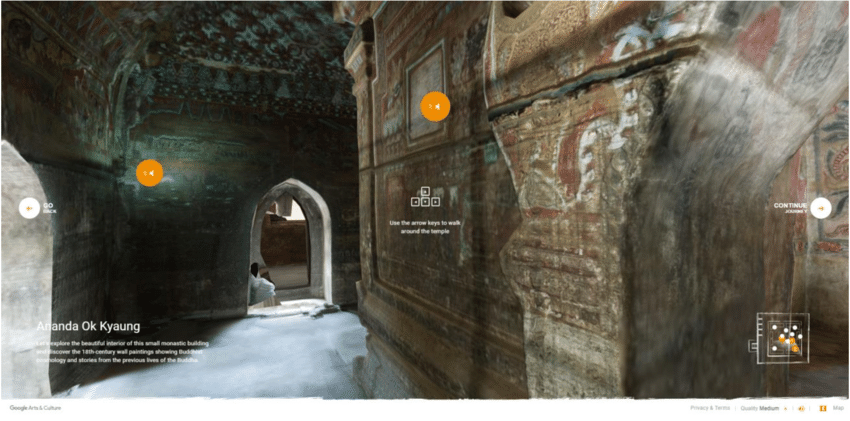
BIM-generated virtual tours and immersive experiences offer the chance for visitors to explore heritage sites, including those that may be physically inaccessible. This promotes cultural appreciation and education, ensuring a wider audience can experience and learn about our shared heritage. The augmented and virtual reality initiatives in partnership with heritage tourism can help garner widespread acceptance from the masses. This can further be translated into the visitors’ sentiment data that can be a guide for predictive facility maintenance in real-time. “How visitors are responding to the new redevelopment initiative and data to back that claim” are extremely crucial to carry forward and optimize the business decision around it.
Smart Predictive Facility Maintenance
Not only does BIM enable collaboration, improve efficiency, and drive-up quality, but it can also reduce the costs of complex build projects and repair and maintenance programs. This is important in the heritage sector, as so many clients are public sector organizations or charities for whom budgets are tighter than ever and scrutiny of spending is intense.
One more issue, often left unaddressed under the historical preservation process is the inadaptability of the design in terms of the modern context. We are preserving what was created way before in today’s time of stricter regulations and unavoidable sustainability challenges. This exactly what the heritage preservation sector is missing out on is the integration of IoT with the modeling analysis interface.
IoT technology revolutionizes heritage building monitoring by integrating sensors to detect clashes and track usage patterns, providing insights into user behavior and facilitating efficient preservation.
Efficient space management is achieved through IoT’s ability to optimize utilization, understand user preferences and movements, and ensure material durability. Engaging the community becomes possible by connecting people to heritage buildings, fostering a sense of ownership and active participation.
Additionally, IoT transforms heritage buildings into adaptable entities, enabling them to withstand unforeseen events and changes in their surroundings.
The Present and Future for HBIM (Heritage Building Information Modeling)
HBIM can be a new scope and hope with BIM that is now being realized by the industry. Historical restoration is surely a way fuzzier task than modern building processes. Architecture in the past executed much more construction complexities that consumed resources almost equating to a region.
Designs of this kind of complexity can only be monitored and maintained through the most updated design methodology which is BIM in many senses. However, there is still a market gap in revenue aspiration and service execution.
The lack of participation from the private sector and stringent outdated government proceedings are stopping BIM services to be equipped for the heritage industry. When it comes to new building projects, the computational workflow enables utilizing BIM objects from certain manufacturers. However, when it comes to restoration design, there are challenges in finding companies whose
BIM objects meet the specific requirements for projects of this nature. So, it is totally on the design companies to first arrive at a content library that is suitable for heritage needs. The opportunity is definitely there but BIM is something much more than tools, it is the process that needs to be course corrected.
An HBIM approach will be the biggest contributor to the future of our sector. The future is in the recovery of historical buildings and the upgrading of real estate that is over forty years old for energy efficiency with depleting resources.
Further Reading
BIM 360 Design Collaboration Explained
Cloud-Based BIM (Building Information Modeling) – Complete Guide
BIM for the Real Estate Industry
BIM Quality Assurance and Validation Checklist
BIM for Home Builders : Build Smarter, Build Faster
How BIM Could Optimize Facility Management Operations









